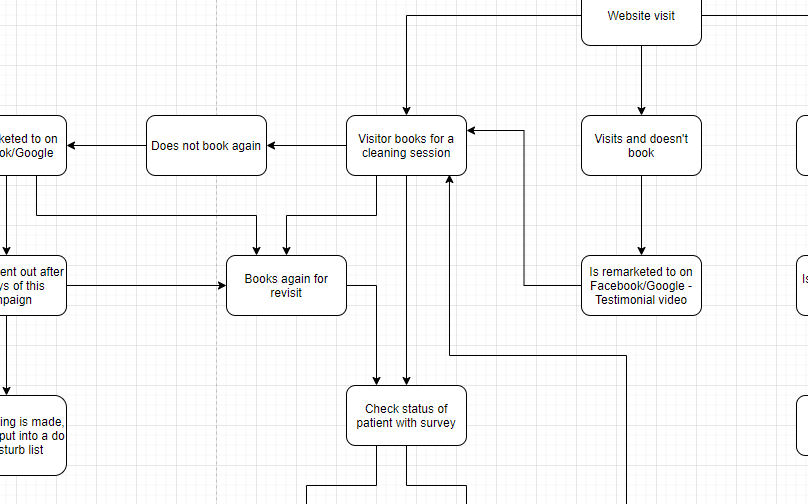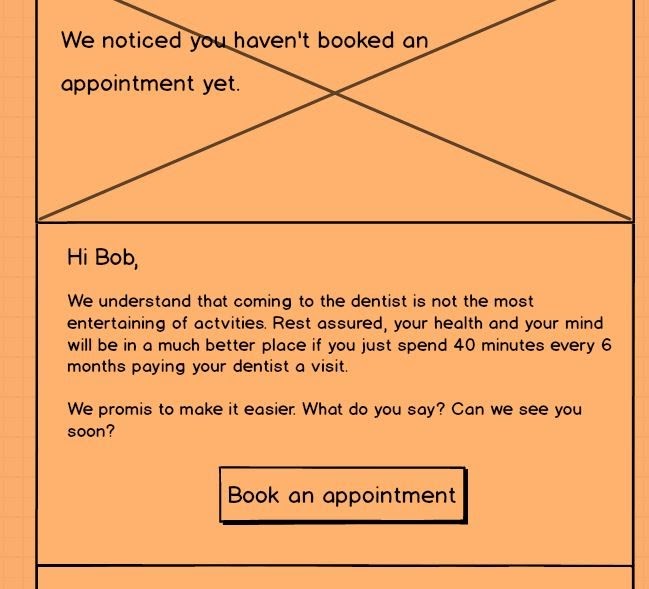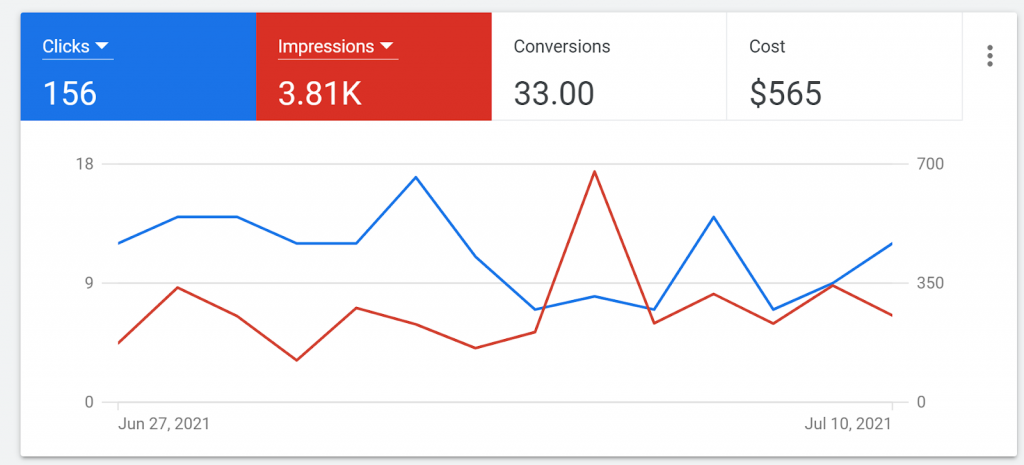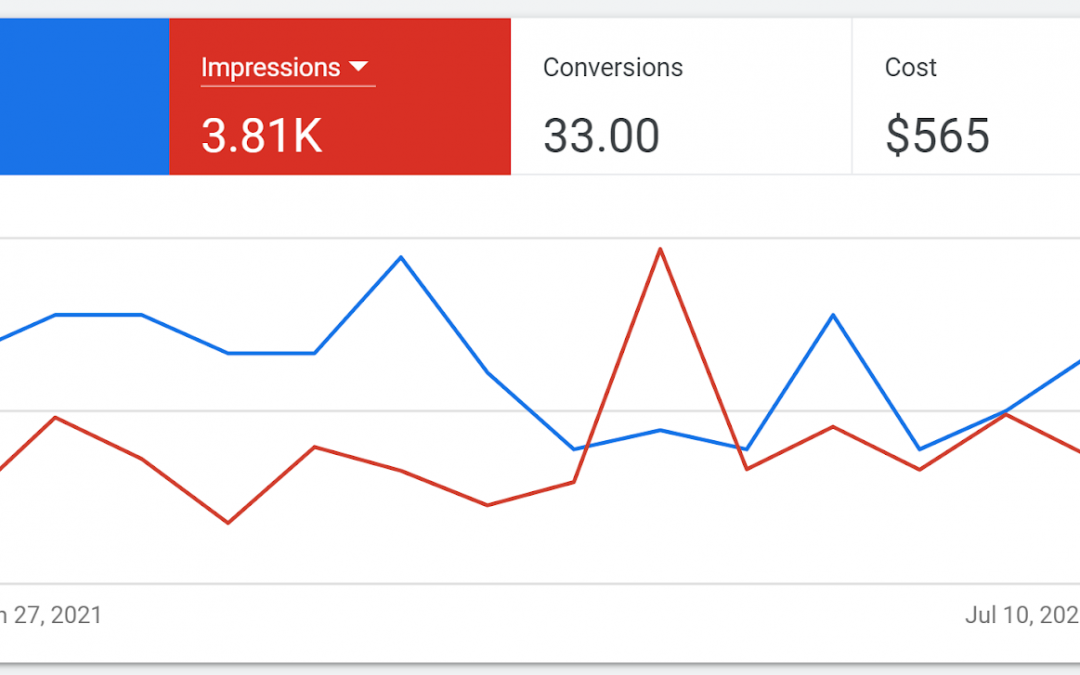Table of Contents
As SEOs, we’re used to spending countless hours digging around keyword tools like Ahrefs and SEMrush.
No more!
What do we do now? We focus on a strategy called pain point SEO.
Pain point SEO focuses on the pain points of a target audience and the keywords tied to those pains.
Now, usually, that means neglecting high volume keywords that everyone else in your industry uses.
It also means actually answering the questions your audience has instead of regurgitating garbage from around the web.
I get it. Everyone thinks the way to rank and get traffic to their site is to write on the same topics with the same keywords, but just do it better to get ahead.
That doesn’t work as much today.
Sure, ranking for keywords will always matter, but to actually get conversions from your content and excel to make 8+ figures, you have to start focusing on your customers’ point of pain.
Yes, I said it. Revenue generation and more than just a few million is the ultimate objective.
The moment you step away from just ranking a few keywords without ever talking to your target demographic will be when you finally start to see true success.
How most digital marketers build their SEO content strategy
Everything I am about to say is from experience. Yes, I did it too. You’re not alone.
Now that I got that out of the way, let’s talk about what most digital marketers do when they start working on a new project.
Depend too much on tools like Ahrefs or SEMrush
My first step in developing an SEO strategy was always to jump onto my favourite tool and check for keyword volume, website traffic, backlinks, or rankings.
Here’s what I mean:
Here’s a little #SEO trick a lot of people miss:
— Puya Turkiyan (@PuyaTurkiyan) July 7, 2021
I look for low volume keywords for a project and only investigate key-phrases which are highly competitive.
These keywords are most likely money keywords a lot of people ignore & are generating revenue for your competitors. pic.twitter.com/em2V9tvDLP
Generally, the “typical” SEO specialist will use Ahrefs or SEMrush to gather keyword data, picking only the highest volume keywords and completely missing the low volume keywords with higher intent behind them.
Most of us would then put the data in a master keyword list to pass on to the copywriter.
Simple, right?
But since everyone is doing the same things, everyone is competing for the same words.
Then there’s the fact that most of the content is the same.
Regurgitating copy from other websites for SEO ranking instead of lead generation
At this point, the copywriter has a list of focus keywords for the articles they need to write.
In most cases, they won’t have a wireframe to rely on. They have no idea of the landing page structure. Essentially, they’re flying completely blind.
Here’s where most copywriters fail:
They will go around the web, learn as much as they can from other websites and rewrite what others have written.
No one talks to the sales staff, owner, customers or potential customers.
No one took a survey or looked at sales numbers.
The worst part? No one asked customers and potential customers what their pain points are.
It’s called the regurgitated landing page. These pages don’t solve anything. They just compete with other mediocre pages.
A templated SEO audit instead of a pain point analysis
A technical SEO audit is always necessary. How else are you going to know if there are bottlenecks stopping you from ranking for your keywords?
What if I told you to check the product and service first?
What if these products or services don’t deserve to rank on the first page?
Budget often keeps many from doing a fully in-depth SEO analysis, or a real audience paint point assessment. But you could at least try the service or product, and in most cases, it’s not going to hurt to try the top competitors out.
Remember, we’re investigators. The more we learn about the target demographic, the more you can help convey a message.
Do your SEO audit.
But don’t neglect things like speaking directly to the audience to discover their pain points.
We changed our process to come up with blog topics that convert traffic into leads and still use SEO to rank
I’ll be the first to admit that our work as an agency was mediocre when we started.
Our copywriter was not interested in researching the industry she was writing for. I wasn’t pushing staff to step outside their comfort zone and talk to real people. We just tried to take what’s on the web, make it better, and build links.
Don’t get me wrong. We did well. Our pages ranked, but the results pale in comparison to our working model today.
Step 1: Understanding the product or service before searching for keywords
In the past, we worked with business owners that didn’t know their own audience. Worse, they didn’t believe in their own products.
Here are some statements made by business owners we no longer work with or never took the project from:
- Just get me ranked. All we have to do is show up and move products – Luckily, we didn’t take the project. A statement like this is a huge red flag since the owner himself didn’t believe in his product.
- I want 2 articles a month. Sure, but do you need 2 articles a month? What about the quality of these articles? Can it be the best on the web? No? Then why do it?
- I just want want to retire on the beach. This project will get me there – With a statement like this, we should have known that the founder doesn’t believe in the project and no amount of marketing would fix that.
When the owner of the company doesn’t understand their market, audience, or product, neither will anyone else.
That is why our first move is always to understand the audience and the product above everything else.
That involves quite a bit of time and investment, but marketing without those insights leads any content strategy to failure.
SEO pain point questions to ask customers
To get a deeper understanding of the audience (and the product), you have to gather audience insights.
The best way to do this is to ask pain point questions.
Nearly all customers are either looking for a new solution or are replacing one they have issues with.
Either way, they are searching for a solution. What they are searching for, and why, matters a great deal.
It tells you exactly how you need to position yourself, and the type of content you need to create.
Here are a few questions you should ask your customers to identify their pain points, and then create content that solves those pains for potential clients:
- What was the problem you were trying to solve?
- How did you first find our product/ service?
- What were you searching for when you found us?
- What product/ service were you using before us?
- What made you switch?
- What are the top benefits of working with us/ using our product?
- What do you wish we would do better?
If you’re proactive, and ask some of these questions during onboarding or discovery, it makes audience research so much easier.
Using surveys to identify customer pain points
I’ve spoken about surveying a target demographic in many of my posts.
In some cases (for dentists, and lawyers), I’ve paid for a Google survey in a specific area to learn more just to gain additional insights for a content strategy.
Go over the details and you’ll see how we commit to a project and learn as much as we can about the people we’re marketing to.
Here are some of the best times/places to run a survey:
- Run a survey when people enter your website
- Run a survey when people exit your website – Don’t do this all the time
- Run a generic survey on Google Surveys
- Do in-person surveys with your target demographic who have not purchased from you yet
- Don’t forget to survey real customers
Note that surveys can be entirely subjective.
If you’re not careful with where you survey or how, you may end up targeting the wrong audience. They may not answer honestly, if they feel pressured or just want your survey out of the way.
The best way to avoid skewed results is to add context around their answers, ask the interviewees at the right times, and make sure you’ve done enough research around the interviewee. You want to interview only those that are or could be clients.
We started calling competitors to identify pain points and conversion points in their processes
I started asking our writers to call competitors a few years ago.
They would ask them a bunch of questions and learn as much as possible about the compset.
Here’s what the copywriter is/was trying to learn:
- How the sales staff handled the call
- Their sales funnel
- Details about the product/service
- The booking/buying process
(In some cases, we committed to buying a product or trying the service of competitors)
It’s advisable to try the top three competitors. Doing so allows our team to dramatically improve the messaging of our client’s product(s)/service(s).
Step 2: Going beyond SEO content with multimedia
Most content marketing agencies and companies choose average stock photos for their content.
We did too, for a long time.
But we discovered through audience research that many of our clients needed additional types of media to reach their target audience at conversion points.
We also knew the shifts in content marketing toward video, infographics, and audio, and how Google ranks these elements on your website.
So no more stock photos, videos, or content without unique interviews.
We now have two full-time staff and $100K+ of gear to take our media game to another level.
We now produce:
- Documentaries
- Instructional videos
- Safety videos
- Testimonials
We also created a successful YouTube account.
By creating these different types of media, we are able to reach customers at several different conversion points, and resolve their pain points in a media they respond to more effectively.
Video production
Let me explain our process:
- The content team, myself, the project manager, the copywriter, the designer and the media team meet to talk strategy.
- We talk about pain points. This can be done with keyword research, talking to sales staff and customers. The idea here is to speak to key players who interact with a target demographic on a daily basis.
- Once we have the pain points, we determine our strategy for our landing pages.
- At this point, the copywriter and the media team storyboard the work. This includes photos, animated gifs and videos.
- The designer will work closely with the media team to put the teams effort together.
- Once we have the media ready, one of our team members puts a wireframe together.
This process takes time and the reason not a lot of companies can afford media production. We’re blessed to have other businesses which fund our media team. It would be very difficult to do this with our agency.
Videos and custom photography are very effective when you’re attracting a large audience or when you need to sell big-ticket items/services.
Every company will be different but I feel like our process can be used for most companies.
Podcasting your thoughts
I’ve been podcasting on my own personal blog for a while now. However, I’ve never really left my comfort zone to post for our agency.
Well, that changed today. I have left that comfort zone and started planning to talk more and represent our agency. You can find our first podcast here.
If you have knowledge of an industry or years of experience, get on a mic. It’s the roaring 20s. If you don’t want to get on camera or on a mic, get the f’ off the planet.
I am happy to say that our clients who took podcasting seriously have started to build an audience.
As long as you stick to it and present quality information, the listeners will come.
Here’s another benefit to podcasting: If an individual finds your website and notices that your speaking about a subject matter you’re knowledgeable in, it’s very likely that you’ll look much more credible.
It’s either you who steps up with a podcast or your competitors who don’t want to get on a mic.
Our copywriter’s process for coming up with SEO blog topics that drive leads and conversions (from Sarah Colley herself)
Most companies don’t know the power content can have on their conversions.
But that’s likely because no one showed them before.
Every writer is used to regurgitating information from Google and getting a list of keywords they have to string through the content.
They’re used to the agency being the barrier between them and the client they’re writing for. Or they’re used to the marketing department being the only people within the company that they speak to.
Every company is used to content marketing agencies telling them that content is a long game. Or showing them vanity metrics like traffic and keep stringing you along on the idea that traffic = conversions.
It doesn’t.
In fact, you can have low traffic, but very high conversions.
You just have to focus on conversion first marketing.
For content, that means really, truly, understanding your audience and writing for them. Writing to solve their problems and answer their questions.
This may not always align with SEO, but there are ways to get your content in front of your potential customers without SEO.
Sure, keywords will always be important. You still want people to find you organically. That’s kind of the point.
But when you create content that your people actually want, and put it in places they already hang out, then you can worry less about SEO and enjoy your conversions.
So, how do I do it?
How do I create content strategies and develop B2B content ideas that actually reach the target audience?
- Get to know the audience and identify their pain points.
- Focus on low funnel keywords and high-intent keywords.
- Create in-depth content that doesn’t leave anything out.
- Form great distribution plans.
To me, pain point SEO isn’t just identifying audience pains before picking high-intent keywords.
It’s the entire process.
The content itself has to be exceptionally targeted to a pain and it has to include real information from the experts. The people that your customers actually want to hear from.
The distribution plan has to be where people go when they’re searching for answers, or where your audience already hangs out.
It cuts the BS from the process.
That’s my take, at least.
Back to Puya.
Driving conversions with a strong distribution plan
After you put up a landing page or blog post, you have to get eyes on it.
Not just any eyes either, but the eyes of your target audience.
There are dozens of ways to promote content, but we focus mainly on Google and Facebook ads, and link building.
Distribution used to be as simple as dropping a post in Facebook groups or on forums, but many of those platforms have altered their algorithms and killed organic traffic. So a boost with paid ads is helpful.
Facebook ads
Facebook ads are very different from Google ads and for obvious reasons. The intent of each person looking on the two platforms vary drastically.
With Google, people are ready and looking for an option. With Facebook, people are scrolling their favourite groups and communicating with friends and family.
In the case of Facebook, we rely heavily on remarketing and behavioural queues.
The fourth part of my post on how dentists can take their marketing efforts to another level explains what I mean.

Let me go into detail:
- If a visitor lands on a service page, we put them in a new list to display our testimonial video(s) on Facebook.
- If this person watches x% of our testimonial video we’ll test a video on how our clinic is the choice for what they’ve been looking for. If we have the budget, we would be creating a video for each service so our messaging is hyper-personalized.
- If our service overview video is watched (or a certain percentage is watched), we’ll start testing ads on the service landing page.
The idea here is to get this person back on our landing page.
Several things can happen here. The visitor turns into a lead and we come up with a new remarketing strategy or they don’t and we change up our game.
If the visitor does not turn into a lead, we might test a video with a message of the head dentist urging this person that he/she is definitely the person they want to pick.
If the visitor turns into a lead, we want to come up with a whole new strategy.
Now that we have the lead, let’s nurture them.
- We are going to thank this person for booking with a video. It’s a brief and a way of showing our appreciation.
- A day before, we can email/text our new lead the address and how to get to the clinic. We can also have special promotions if any.
We can get much more advanced- i.e. What would happen if the patient comes in, gets what they need, but does not book again for a follow-up?
How do we get them to recommend friends and family?
What about a satisfaction survey right after a service?

With the right Facebook and email marketing campaign, a dental clinic can probably double its patient acquisition numbers.
They can’t be cheap with this. The investment will pay off ten-fold.
Google Ads
We run Google Ads very similarly to Facebook ads.
With Facebook, we can get hyperpersonal. We can do that with Google, but would rather use the budget to attract quality leads.
Here are three ways we use Google’s platform to advertise our products/services:
- Google pay per click ads – In most cases, we target low funnel keywords with a high intent and direct interested individuals to the proper landing page. Remember, if these people don’t convert right away, they’re put into the Facebook remarketing list(s).
- Like Facebook, we run remarketing campaigns on Google. They perform very well considering how we personalize our campaigns.
- We’ve just started testing videos on YouTube. This is a new channel for us in terms of ads and we’re still learning.

Building links
Here’s our link building strategy:
- Backlink gap analysis research with examples
- How orthodontist can master digital marketing – part 2
- Tiered link building
What have we changed? We’re now focusing on getting high-quality links where we get relevant traffic back to our websites.
Yes, we might get fewer links and it’s more expensive but the idea is to generate revenue, not rankings. No high-level executive or director cares about rankings anymore (unless they’re small). It’s all about revenue.
Final thoughts
About 10 years ago, we started with less than $500K in revenue per year.
By applying pain point SEO, we were able to turn our business into a revenue-generating machine in the millions.
You can do all of this as long as you step outside your bubble and invest in quality.
Again, it’s not about rankings. It’s about revenue growth.
Until next time, catch you all on my next post.


